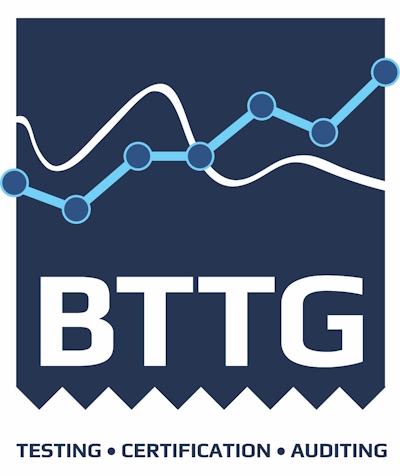Changes to the EN Geotextil Standards - what manufacturers and certificate holders need to do
SUMMARY
- The previous geotextile application standards from 2000 have been replaced by 2016 versions
- Products placed on the EU market must now be CE marked to the new standards
- Durability testing has changed and may need to be repeated
- FPC Certificates need to be reissued
- Declarations of Performance must be reissued
The 2016 standards replace the 2000 series of application standards, which had been the harmonised standards used for CE marking to the Construction Products Regulation, 305/2011.
- The 2016 series were harmonised (included in the Official Journal of the European Union) on 10 March 2017, with a 1-year transition, during which both series of standards can be used for CE marking.
- All CE marked geotextile products placed on the market (first made available or imported into the EU) after 10 March 2018 must comply with the 2016 standards.
- CE marked geotextile products using the 2000 series of standards which were placed on the market before 10 March 2018 can continue to be distributed (sold on).
- In order to place geotextile products on the EU market according to the new 2016 standards, manufacturers must obtain an updated FPC Certificate, and draw up a new Declaration of Performance. It may be necessary to have new or updated testing.
BTTG™’s FPC audits are now conducted to include the requirements of the 2016 series. In order to place product on the EU market according to these standards, BTTG™ customers should do the following:
- Ensure that relevant testing, including durability, is up to date;
- Create a new Declaration of Performance according to the 2016 standards;
- Remove any durability claims outside of those allowed by the 2016 standards (these can be included on a supplementary Data Sheet);
- Apply to BTTG™ for new FPC Certificates for the relevant products
In October 2016, the existing Geotextile application standards were replaced by new versions.
- EN 13249:2016 Geotextiles and geotextile-related products. Characteristics required for use in the construction of roads and other trafficked areas (excluding railways and asphalt inclusion).
- EN 13250:2016 Geotextiles and geotextile-related products. Characteristics required for use in the construction of railways.
- EN 13251:2016 Geotextiles and geotextile-related products. Characteristics required for use in earthworks, foundations and retaining structures.
- EN 13252:2016 Geotextiles and geotextile-related products. Characteristics required for use in drainage systems.
- EN 13253:2016 Geotextiles and geotextile-related products. Characteristics required for use in erosion control works (coastal protection, bank revetments).
- EN 13254:2016 Geotextiles and geotextile-related products. Characteristics required for the use in the construction of reservoirs and dams.
- EN 13255:2016 Geotextiles and geotextile-related products. Characteristics required for use in the construction of canals.
- EN 13256:2016 Geotextiles and geotextile-related products. Characteristics required for use in the construction of tunnels and underground structures.
- EN 13257:2016 Geotextiles and geotextile-related products. Characteristics required for use in solid waste disposals.
- EN 13265:2016 Geotextiles and geotextile-related products. Characteristics required for use in liquid waste containment projects.
The most significant changes in the 2016 series of geotextile application standards are:
In the list of tests required for each Function, the letter ‘H’ (for Harmonisation) is no longer used, and the letter ‘A’ (for All conditions of use) now denotes the mandatory tests.
For the functions of Filtration, Separation and Drainage, the characteristic ‘Elongation’ must now be tested/declared (now an ‘A’ characteristic).
For the function Separation, the characteristics ‘Dynamic Perforation’ (Cone Drop), ‘Characteristic Opening Size’, and ‘Water permeability normal to the plane’ must be must now be tested/declared (now ‘A’ characteristics).
The manufacturer’s FPC system must include testing and/or certificates from suppliers to show that raw or incoming materials meet the declared performance, including durability.
The standards introduce minimum test frequencies into the requirements for an FPC system (Table A.2 in each standard).
- Durability tests must be repeated at least every 5 years.
- Durability testing now allows for service lives of 25 / 50 / 100 years.
- Microbiological (soil burial) and chemical degradation tests have been removed; therefore geotextile products complying with the 2016 standards can only claim use in natural soils with pH between 4 and 9, and with temperatures ≤ 25°C.
- Reinforcing product solely of PET must have a CEG content of less than 30 meq/g and an average molecular weight (Mn) of more than 25 000 g/mol.
- Non-Reinforcing product solely of PET must have CEG content and average molecular weight (Mn) evaluated.
- Non-Reinforcing geotextile products with a service life of up to 5 years may contain recycled (post-consumer or post-industrial) material.



